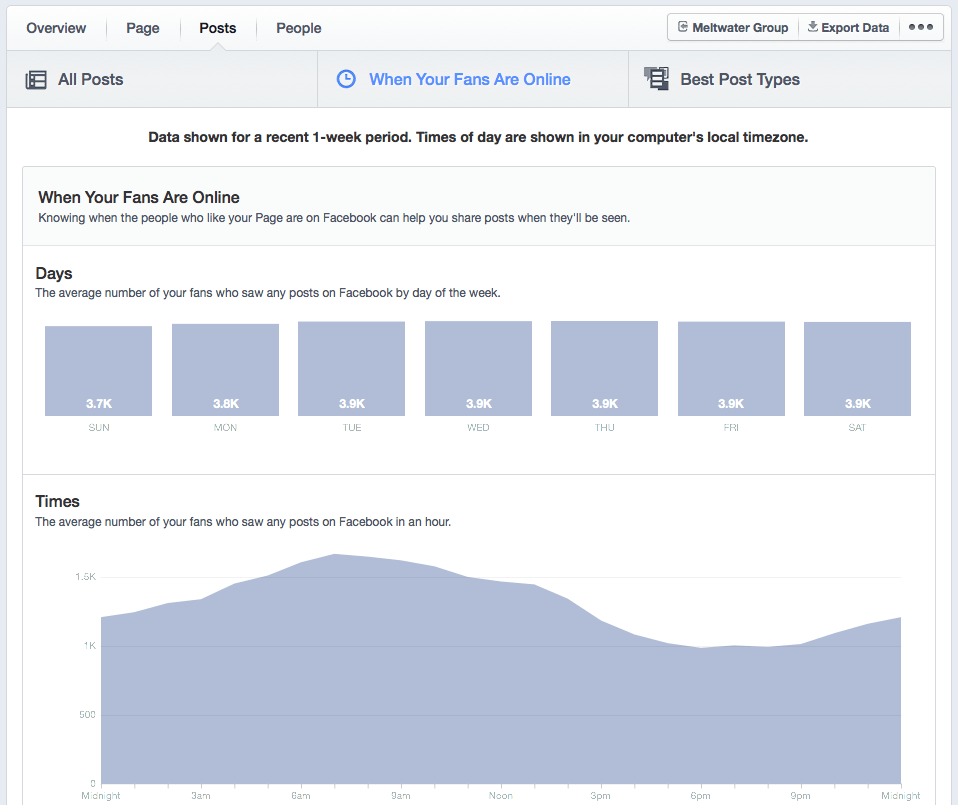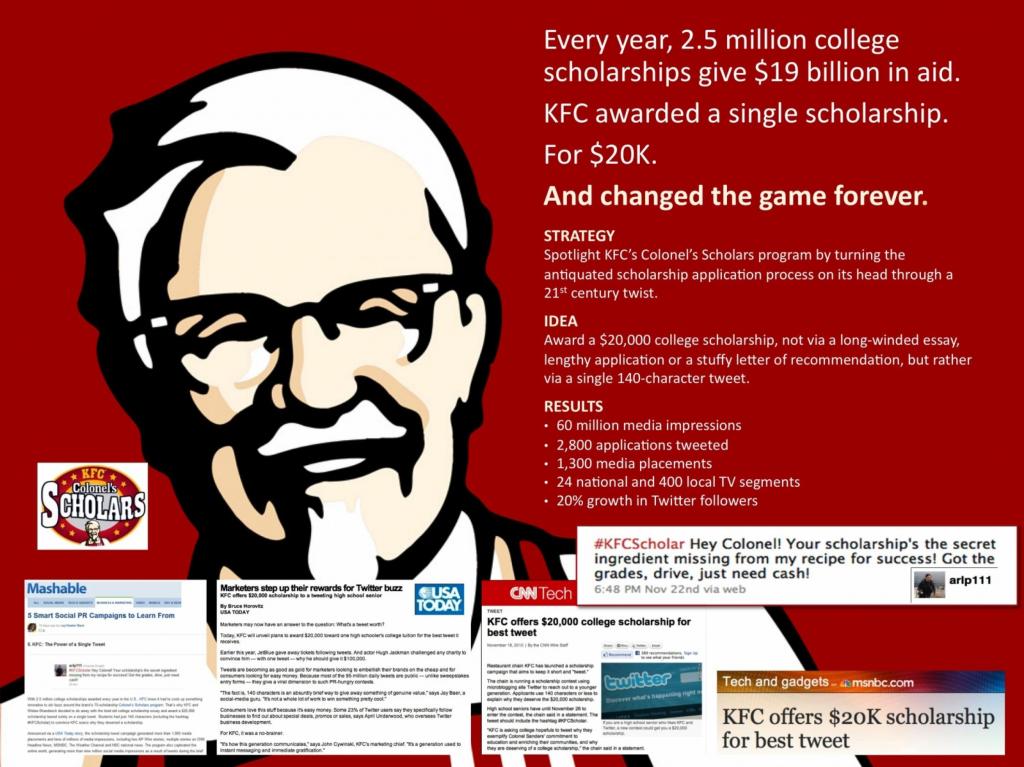As you all know social media is a key ingredient in the interaction between businesses and their customers. It is a way for businesses not just to market themselves, but in fact to connect directly with their consumers, form a bond with them that goes beyond provider and providee, and create a community. Only when businesses are able to make this kind of connection is their social marketing successful. There are a lot of pitfalls that businesses can fall into when using social media that prevent them from achieving this optimum connection. Let’s look at a few of these common mistakes, and productive ways of avoiding them.
1) Don’t be an uninformed user
Many businesses open accounts across the board in any social media outlet they can think of. They assume that having a presence in as many places as possible will generate the most leads and sales. This is the first level of being an uninformed user. It is very difficult to be operating on seven different social media sites at the same time. What that means is that by doing this your company risks being mediocre in all of its social content, rather than simply choosing three or four networks to be involved with, and truly utilizing them to their fullest potential.
So, first and foremost, start by researching which are the best social media sites for your company to target. Go on to Facebook, Twitter, Instagram, Pinterest, etc. and search for relevant communities and for your competition. See where your target users are most active. For example, if you are running a company which deals in craft supplies, then you will probably want to have a Facebook, Pinterest and Instagram accounts in order to reach your clients, rather than spending time on your LinkedIn presence.
The next level of being uninformed is in terms of the actual content which you post. A common mistake is acting like your company is the first and only company in the field working with social media. This leads companies to post what they think is important, hashtag what they think is relevant – in essence they create their entire marketing scheme from their own narrow perspective. As with choosing which social media outlets to work with, research must be employed to discover what content should be posted.
Again, first start by researching the community and the competition. Search for hashtags that are related to your business. If you are trying to start a marketing company then search for #marketing to see what other people are saying. Search for your competitors to find out what type of content they are posting and how their community is responding to it. This way you can learn from them both what to do, and what not to do. Do not repeat the mistakes of your competitors. This does not mean you should copy your competitors. Rather, get ideas from what’s already online, then harness that knowledge and your own creativity to build something which will really catch and hold your target audience.
This research is basic though. If you want to avoid being an uninformed user then you need to get more technical. There are many tools which can be used to analyze social data, and there are many factors which need to be analyzed. A very good tool for monitoring your competitors marketing successes and failures is Social Crawlytics. This is a free tool which will show you how popular your competitor’s content is. It breaks down how frequently the content has been shared, which sites it has been shared on, and which posts specifically received the most attention. Using this tool you can determine exactly which type of content is most appealing to your customer base, and exactly which social network it is most conducive to share content on. Another feature of this website is identifying the popularity of specific authors. By identifying popular authors, you have also identified people that you should consider getting for a guest article, or for an interview.
Another excellent tool to utilize is SEMrush.com. This website helps to analyze which keywords generate the most traffic. If you enter the advertising research section of their website, and click on competitors, you can search any of your competitors, and see exactly which keywords generate the most traffic for them. This will obviously help you in your own choice of keywords.
The point of all of this research is simple. Do not be an uninformed user. Learn from your competitions successes and failures in order to build your own social marketing campaign.
2) Don’t post at random
It is often difficult for companies to determine exactly what the right amount of posting really is. This is not talking about the content, rather when and how frequently to post. Some companies take the lazy approach, posting once every two weeks or so, and others take the overzealous approach, posting every ten minutes. The customers are on the social networks in order to do just that; be social. That means that on the one hand they will not be interested by a company that is only posting once a month, because there is nothing new to interact with. On the other hand, they do not want to receive a new notification every time an employee at your office made coffee.
How do you know when to post? Simple. Do two things, first, think about when your users are most likely to be active, and then confirm that by using some tools.
Jay Baer, founder of Convince and Convert, has an interesting suggestion for business to business marketing. He theorizes that most business people spend their days in meetings which will generally be starting and ending on the hour. This means that these people will be checking their social media most between meetings, aka in the few minutes before or after the hour. By posting in this time range, you would have the best chance of engaging your target users while they are active.
On Facebook it is easy to tell when to post during the day, and even on which day of the week to post. Enter your company’s Facebook page, go into the settings and click on “view insights,” then click on “posts,” then finally click on “when your fans are online.” This will show you a chart graphing how many of your fans are online at every hour of the day. You can also view this information for each day of the week, rather than the average by simply clicking on the days of the week which appear over the graph. Now you will know exactly when most of your users are online, enabling you to develop an effective posting schedule.
Hootsuite is another very helpful tool which can be used to manage your social media accounts. One of the best features this site offers is the “AutoSchedule” option. Autoschedule automatically finds the best time for content to be posted and then posts at that time for you. What this means for your business is that you can compose content and then have Hootsuite do the work for you to have it posted at an ideal time. (You should know that StoreYa has a great Hootuite app).
Avoid randomly selecting your posting schedule by using these techniques and your user engagement is bound to rise.
3a) Don’t forget you are using social media
This means don’t act like a telemarketer on Facebook. As has been mentioned, the goal of connecting with clients through social media is in order to create a personal connection between the consumer and the company. Forget this and you could end up making one of these major mistakes: Only discussing your own product as an overzealous salesman might, sending out automated and impersonal replies or messages, and marketing through ads rather than through interaction.
Social media users definitely do not want to be bombarded with ads and product boosters. If all you do on your social platforms is talk about how great your own product is then you are doing something wrong. You should be connecting to your customers by forming a community with them. For example, if you own a hi-tech company then you should be posting articles, information, and jokes about developing apps and software. Post content that will relate to your community. Only occasionally post information directly related to your product. This will help to build the personal connection which you should be looking to form on your social platforms. Once you have the connections, the sales are sure to follow.
Following the same train of thought, if you are looking to build a personal community, then you should definitely not be sending out impersonal messages. If you would like to send out a mass message to your whole community then the very least you should do is to make sure that the message is addressed to the person using their name. Another method for smaller networks is to use profiling tags. For example, on LinkedIn you can tag people in order to put them into a certain category. This way you can have a category for social media marketers, or for financial advisors, etc. Then if you want to send out a message with specific content you can gear it towards the appropriate users, and non-related users don’t have to feel like they are dealing with a robot rather than a person.
As should be quite clear by now, you do not want to make use of only simple advertisement. This does not engage your community, and, for the most part, does not particularly interest them. They can see advertisements on TV. Online they want to interact with other people. Have competitions. Post links to blogs, videos, or websites. Give them something to talk about.
A few years ago KFC held a Twitter competition under #KFCscholar where people were given a chance to win a $20,000 scholarship by simply tweeting why they were most deserving of receiving the scholarship. This is an excellent example of using twitter to connect with your users. It enabled the users to feel like they were actually being listened to by the company, and also provided them with a good incentive to actually post.
Your social media accounts are there for you to connect with your customers, use them accordingly.
3b) Don’t be unresponsive
Whether you realize it or not, when you start a social network presence, your customers assume that you will be there to answer their questions, respond to their comments, and help them when something is not working. They will also make use of your pages to post negative comments. Do not fall into the habit of ignoring comments, or deleting negative posts. This is counterproductive, both because it will show your customers that you do not really care, and, just as importantly, because you will be missing out on an excellent opportunity to improve your image in the eyes of your customers.
If a simple question was asked then answer it. If it is a bit more complicated, don’t ignore, simply direct the user to the customer service. You should do this in a personal manner. Using their handle or addressing them by name, comment that they can contact you on your customer service e mail and you will be happy to assist them. The same can be done for a negative comment. If a user posts a negative or insulting comment, rather than deleting it, use this as an opportunity to show your company’s level of professionalism.
As with tip 3a the point of this is to show your customers that you care and are available to interact with them on the social networks.
4) Don’t be afraid to “give away” information
It is very difficult to find the balance of how much information is too much information to share. After all, many small businesses have original ideas and services, and their services cost money. By giving away too much information about the services or related issues, the business owners fear that they will be losing out on potential sales. This assumption could not be more wrong. Obviously you should not be spilling out every small detail of your services, or explaining how the customer can do it without you, but you should be providing your customers with real quality information. You should be thinking about what problems your target customers will be facing, and how you can help to solve them. Write blog posts, post infographics and videos. Assist your customers in two ways. One, by posting a lot of relevant information, and two, by posting a few articles with a more in depth explanation of some of your innovative services. Through these in depth articles you will build the trust of your customers, not drive them away. When they see both that your company is knowledgeable and constructive about the problems that concern them, and also get a closer look into the types of services your company actually offers, they will be far more confident in actually investing in your company, or purchasing your services.
This is taking the concept discussed in tip three of engaging with your community one step further. It is important not just to build the size of your social network and to engage with them through the use of shared interests, but also to show them that you are in fact an authoritative source on these matters. By achieving this status, your social network is bound to grow. Your followers will share your original content and suggest your company to friends and colleagues, enabling both your content and your name to reach more people. The fear of giving away too much information can seriously hold back your content marketing efforts.
Follow these helpful hints and you won’t fall victim to the many mistakes that can be made in a social media marketing campaign.

Eyal is the co-founder of StoreYa and a leader in social commerce. He has extensive experience in online marketing and project management. He is passionate about building amazing products that will grow your business!
Recommended articles
 Facebook Ads for eCommerce: 16 Strategies, Examples & Tips
Facebook Ads for eCommerce: 16 Strategies, Examples & Tips
 How to Build a Winning eCommerce Ads Strategy
How to Build a Winning eCommerce Ads Strategy
 Google Ads for eCommerce: Everything You Need to Know
Google Ads for eCommerce: Everything You Need to Know
 10X Your Traffic with PPC Management Software
10X Your Traffic with PPC Management Software
Comments
Powered by Facebook Comments







[…] channel or channels your fans are the most responsive. You need to start this campaign with an engaged audience. That is not to say that this will not be a cross-platform campaign, but for the initial effort it […]